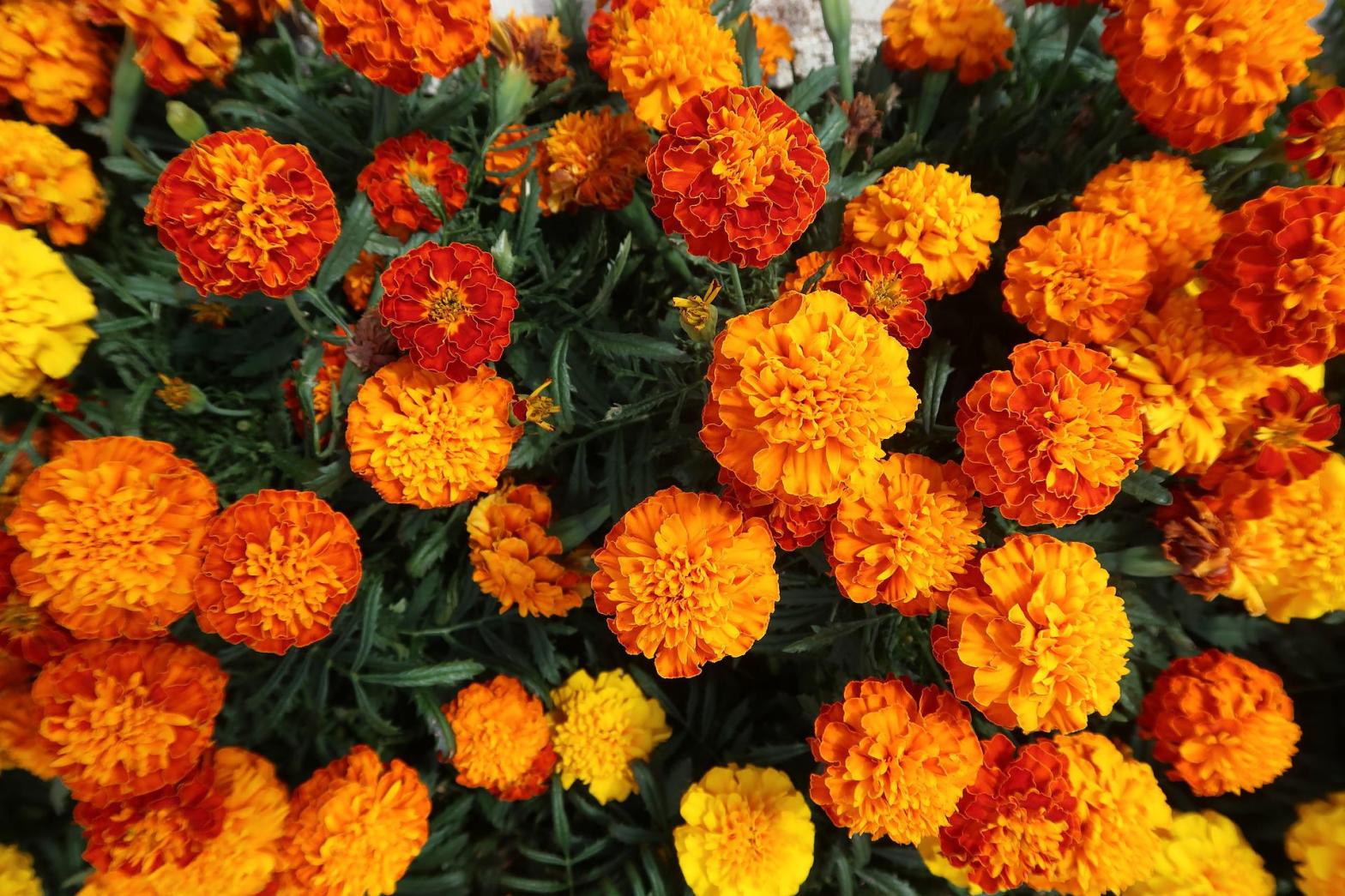Companion planting is the practice of grouping together certain plants that are beneficial to each other when grown together, particularly in vegetable gardens. The main reason for doing this is to protect plants from pests and diseases and also to fit more plants together into a small space.
Companion planting to protect your vegetables
When it comes to protecting plants from insect pests, companion planting means growing a variety of plants together, making it more difficult for an insect pest to find the specific plant they are looking for. Marigolds for example, are good for repelling insect pests because the strong marigold smell confuses the pests. The French marigold is very effective planted near vegetables. They make good companions for celery, tomatoes, lettuce and peppers. The Marigolds repel eelworms or nematodes which these plants are susceptible to.
Other fragrant plants that confuse pests are herbs like oregano, lemon balm and Chives. In fact, Chives is often planted near roses to help keep fungal infections like blackspot away.
Companion planting to save space
When it comes to companion planting to use space efficiently, you need to take into consideration the different growth habits and shapes of plants. For example, lettuce which expands above soil, grows well as a companion plant next to onions which expand underground. The plants are next to each other but not competing for the same space because they have such different shapes and growth habits.
You can also mix a fast-growing plant like radish in between slower-growing crops like carrots, lettuce, Peas or beans. The radish can be harvested long before crowding the other crops, enabling you to grow two crops in the same space.
Here’s a list of vegetables and the companions they grow well with:

